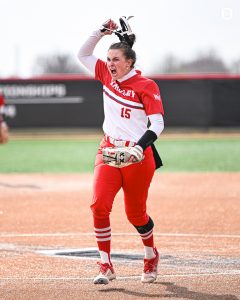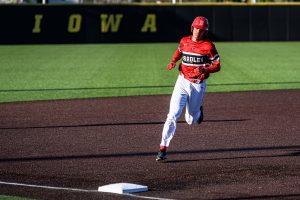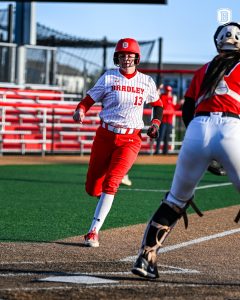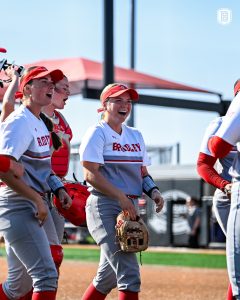Yes
By Colin Davern
In 1973, the American League established the long debated rule of the designated hitter, better known as the DH. The AL believed the product on the field would be better if the pitcher didn’t hit because the pitcher was an “easy out” most of the time. The AL and National League were separate entities until the late 1990’s, so this rule only applied for the AL. Once the two merged, the NL declined to adopt the subtle rule change.
Most fans of NL teams believe the sport should be kept the way it’s always been, and that the AL is not real baseball.
The AL has had a good reason for having the DH, and that’s because having the DH simply results in better, more widely watched, baseball.
In the NL, managers have to decide whenever the pitcher is due up to hit whether to send him to the plate so that he can continue to pitch in the next inning, or to head to the bullpen and send a pinch hitter to bat instead. This leads to harder baseball due to rule constraints and not due to the talent on the field.
In the AL, pitchers have no easy outs, and the managers don’t have to worry about whether the pitcher should come to bat for the upcoming plate appearance or not. Because the pitchers don’t have to worry about hopelessly trying to do something productive at the plate, they can focus their whole game on getting batters out.
As you can see, the AL having the DH results in more experienced hitters actually hitting and the pitchers being able to only worry about pitching. Pitchers should not practice hitting when they’ll likely just be an easy out.
Having a DH involves a better product of baseball on the field, and the NL should make the long resisted decision to adopt the DH.
No
By Mitch Kaminski
The designated hitter should not come to the National League.
For starters, fans like to see pitchers hit.
On April 9, 2016, Alex Rodriguez hit a solo homerun as the Yankees’ DH in an 8-4 win over the Blue Jays. Nobody remembers this or even cares. But people still remember Madison Bumgarner blasting a home run off of Clayton Kershaw that same afternoon. Although it is rare, which makes it more fun, pitchers who rake become fan favorites. Starting pitcher Carlos Zambrano is beloved in Chicago, partially because he could swing the bat really well.
On the other side of the spectrum, pitchers who aren’t good at hitting continue to entertain. Fans see themselves in their mediocrity at the plate. On some occasions they show us the impossible can happen and we watch in awe as Bartolo Colon belts a home run. Fans would miss watching Rich Hill run to first and then put on a silly oversized jacket as he attempts to run the bases. Or an AL pitcher like Mark Buehrle getting a rare opportunity to step up to the plate and hitting a home run. Simply put, pitchers hitting and running the bases makes the game fun.
Allowing pitchers to hit also speeds up pace of play, which the MLB is constantly harping on because pitchers make easy outs. The NL lacking a DH is not a competitive advantage during interleague play because the NL can use a DH or the AL pitcher is forced to hit.
Finally allowing the pitcher to hit makes for great strategy. Baseball is all about watching a great chess match unfold. Does the manager leave the pitcher in the game or do they use a pinch hitter? Should they throw to the eight hitter, or pitch around him and take their chances with the pitcher on deck?
If the MLB changes this rule they will regret it.








